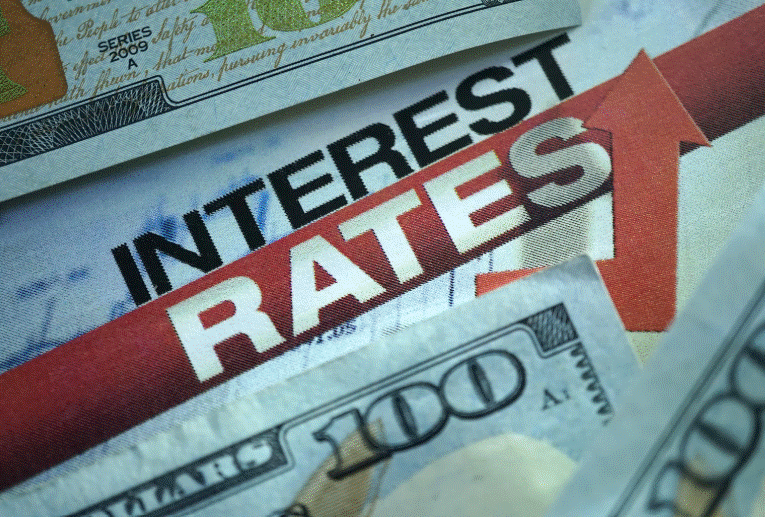There is a phrase popular among the investor classes that refers to partners, executives and stakeholders as having "skin in the game." This means they are risking their own assets in a company, enterprise or project. For the rest of us, the biggest investment we make is in a house, a residence or dwelling. Some bring a large portion of the sales price to a purchase transaction; others bring less. The latter have a more difficult time with securing a home loan if the "skin" they bring is limited. The risk such borrowers represent is the reason mortgage insurance (MI) exists.
What Does Mortgage Insurance Cover?
Essentially, this type of insurance protects a lender against borrower default. That is, the insurance company will recompense the bank or finance company if the borrower stops making monthly payments. With such a policy in place, the lender has a higher confidence level when extending credit for a home purchase or refinance. Even if the applicant presents a riskier profile, the lender is assured that it will not lose significant money in the event of non-payment. Such indemnity allows loan issuers to expand the pool of eligible customers because the financial advances are guaranteed.
Who Must Get MI?
As a rule, anyone looking for a home loan who brings less than 20 percent of the sales price for a purchase -- or has less than 20 percent equity in the property for a refinance -- needs to have MI to qualify for the credit. Equity equals ownership: the borrower with 20 percent of the home value gets 80 percent from the bank. As payments are made, equity rises and the loan-to-value ratio (LTV) shrinks. Dramatic increases in property values can also decrease the LTV. Depending on the loan product, though, some people can offer only 15, 10 or even less than five percent in down payment or equity. These are the higher risks who need MI to mitigate the hazard.
Types of MI
- Borrower-Paid, i.e. the annual insurance premium is collected incrementally each month with the borrower's remittance.
- Single Premium, i.e. the cost is paid at closing in one lump sum.
- Lender-Paid -- is something of a misnomer: the lender pays the premium but charges higher interest to the borrower for the service.
- Split Premium, i.e. the borrower pays some of the premium at closing and the spreads the rest over the remaining months.
- Federal Home Loan MI Protection, i.e. MI for loans guaranteed by the Federal Housing Administration
Is MI Paid for the Life of the Loan?
The requirement for MI ceases when equity in the property exceeds 20 percent...or shortly thereafter. Of course, the home owner who has 18 percent equity compared to home value can look forward to losing the MI sooner than the one who has six percent. Yet consistent monthly payments in full assure that MI will not plague a mortgagor forever. Adding to the payment can naturally expedite the day when MI is no longer needed.





